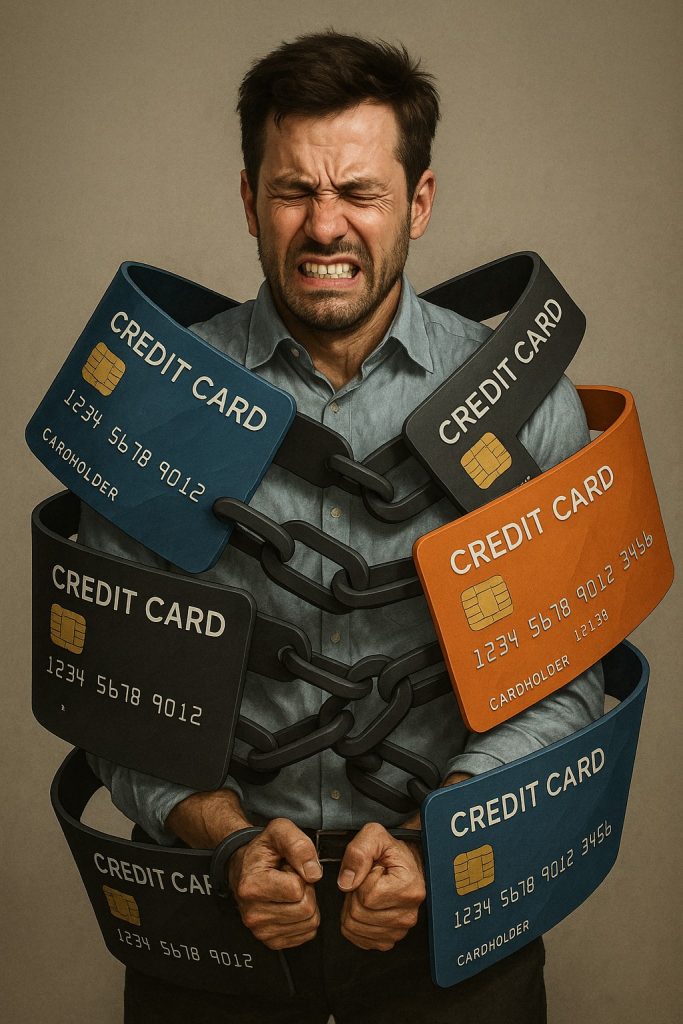It started with clay tablets.
Thousands of years ago, merchants in ancient Mesopotamia extended credit to farmers and traders—carved into stone as proof of a promise to repay. Fast forward a few thousand years, and the “Buy Now, Pay Later” philosophy hasn’t just stuck—it’s evolved into a multibillion-dollar system of plastic cards, magnetic stripes, and now, digital wallets.
The Birth of the Modern Credit Card
The turning point came in the 1950s when Frank McNamara, dining out without his wallet, hatched the idea for the Diners Club Card. It was the first widely accepted charge card, soon followed by Bank of America’s revolutionary BankAmericard in 1958, which morphed into Visa. Mastercard wasn’t far behind.
Credit cards took off because they were convenient, secure, and rewarding. Banks loved them for the interest income and fees. Consumers loved the flexibility. But over time, many Americans discovered that what started as financial convenience could turn into a long-term trap.
The Last 10 Years: From Swipes to Surges
Here’s a snapshot of credit card debt in the U.S. over the last decade:
- 2015: Balances hovered around $730 billion.
- 2019: That number ballooned to nearly $930 billion, right before the pandemic.
- 2020–2021: COVID-era relief checks and reduced spending helped shrink debt to about $770 billion.
- 2022–2023: Inflation hit, interest rates soared, and debt came roaring back—topping $1 trillion for the first time in history.
- 2024–2025: Delinquencies are rising, minimum payments are swallowing budgets, and many households are now financing groceries at 20% APR.
Credit card companies aren’t worried. They make billions off revolving balances. But for everyday people trying to climb out of the debt spiral? It can feel like trying to sprint up a down escalator—with ankle weights.
There Is a Way Out (And It Doesn’t Involve Ramen)
Here’s the good news: There are proven strategies that can eliminate all your credit card debt in a fraction of the time it would take on your own. No extra income, no side hustle, and definitely no living off ramen noodles. Just smarter use of your existing dollars.
Most people carry credit card debt not because they’re irresponsible—but because the system is designed to keep them there. With the right plan, you can flip the script and start directing your money toward freedom, not interest payments.
Want to see how it works?
Let’s talk.
